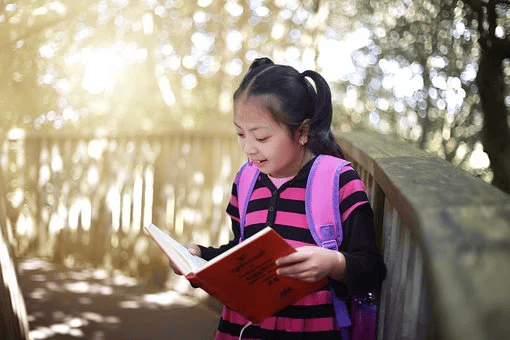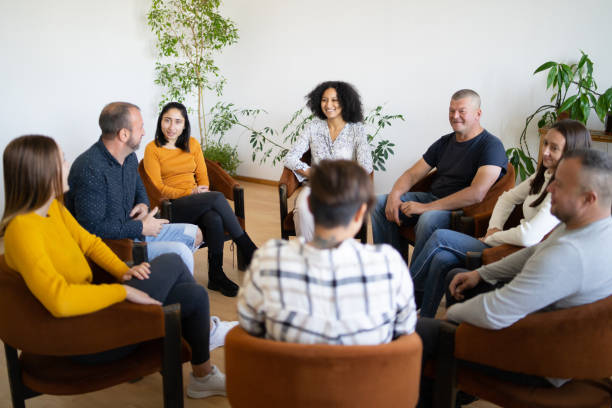See These Five Helpful Strategies for Students with Dyslexia

|
Getting your Trinity Audio player ready...
|
What is dyslexia?
According to the Internation Dyslexia Association, dyslexia is defined as a specific learning disability that is neurobiological (e.g., within the brain) in origin.
It is characterized by difficulties in learning to recognize words quickly and accurately, as well as challenges with spelling and sounding out (decoding).
These difficulties typically result from a deficit in the phonological component of language (i.e., breaking down and hearing the individual sounds in words).
Challenges in students with dyslexia are often unexpected in relation to the individual’s other abilities.
Difficulty reading words can also lead to problems in reading comprehension.
These challenges can also cause children to struggle with reading motivation which can impede the growth of vocabulary and background knowledge.”
Side Note: People often think dyslexia is reversing letters or numbers.
While some students with dyslexia will reverse sounds in words when reading or spelling, that is due to the challenges with phonics and word recognition, rather than a specific problem with reversals.
What does the research tell us about effective interventions for students with dyslexia?
Research on dyslexia tells us that the most effective dyslexia interventions are based on the Orton-Gillingham method.
The Orton-Gillingham method contains the following five components:
1. The intervention is personalized to meet the needs of the student and to move at their pace.
This means the intervention should start at the level the student is currently at, with the intention of gradually increasing the challenges as the student makes improvements, which are monitored by the instructor.
Intervention is most often done one-on-one or in small groups, but can be adapted for a classroom.
You can ask your teacher to asses your student’s reading level, or do a Google Search for how to assess reading level.
2. Multisensory and interactive activities are used to engage various parts of the brain.
The approach encourages visual, auditory, and kinesthetic (movement-based) learning.
3. Instructors use explicit, direct instruction to create solid connections for sound/symbol relationships and alphabetic principles.
Examples of explicit-direct instruction are shown in both videos presented in this article.
Other helpful articles may include: How to Teach teach Phonemic Awareness and 10 Fun Activities to Teacher Letter Sounds.

4. Lessons should be sequential and structured, meaning the activities begin with simple concepts and move to more complex ones.
The order in which students are introduced to the letter families, clusters, etc. (e.g., at, it, ed) are based on logical steps that build on one another.

5. Lessons should include consistent feedback and positive reinforcement.
Here is a great example of a structured literacy lesson, in which the teacher provides continuous feedback (giving the student necessary information to keep going or to add to their current knowledge base) along with positive reinforcement (giving the student encouragement and specific praise).
Constructivist feedback means providing input to students who are actively involved in the construction of what they are doing.
In the case of the video above, the student is actively constructing the words he is learning while the teacher provides continuous feedback.
Reconstruction of words uses a multisensory approach. This type of approach is recommended for students who have dyslexia or other challenges with reading words.
It is multisensory because it uses the senses of sound, sight, and touch. Movement is incorporated into a multisensory approach as well.
This can include whole-body movements or simply moving letters around to make a word.
Feedback with reinforcement may sound something like this: “that’s right, this says Ben.
When you changed the “n” to a “t,” Ben became bet, “Great work switching the letter and finding the new word.”
Now let’s see what happens if we change the “t” to a “d.”
Education and Behavior – Keeping parents, educators, counselors, and therapists on the same page with research-based strategies for children.






